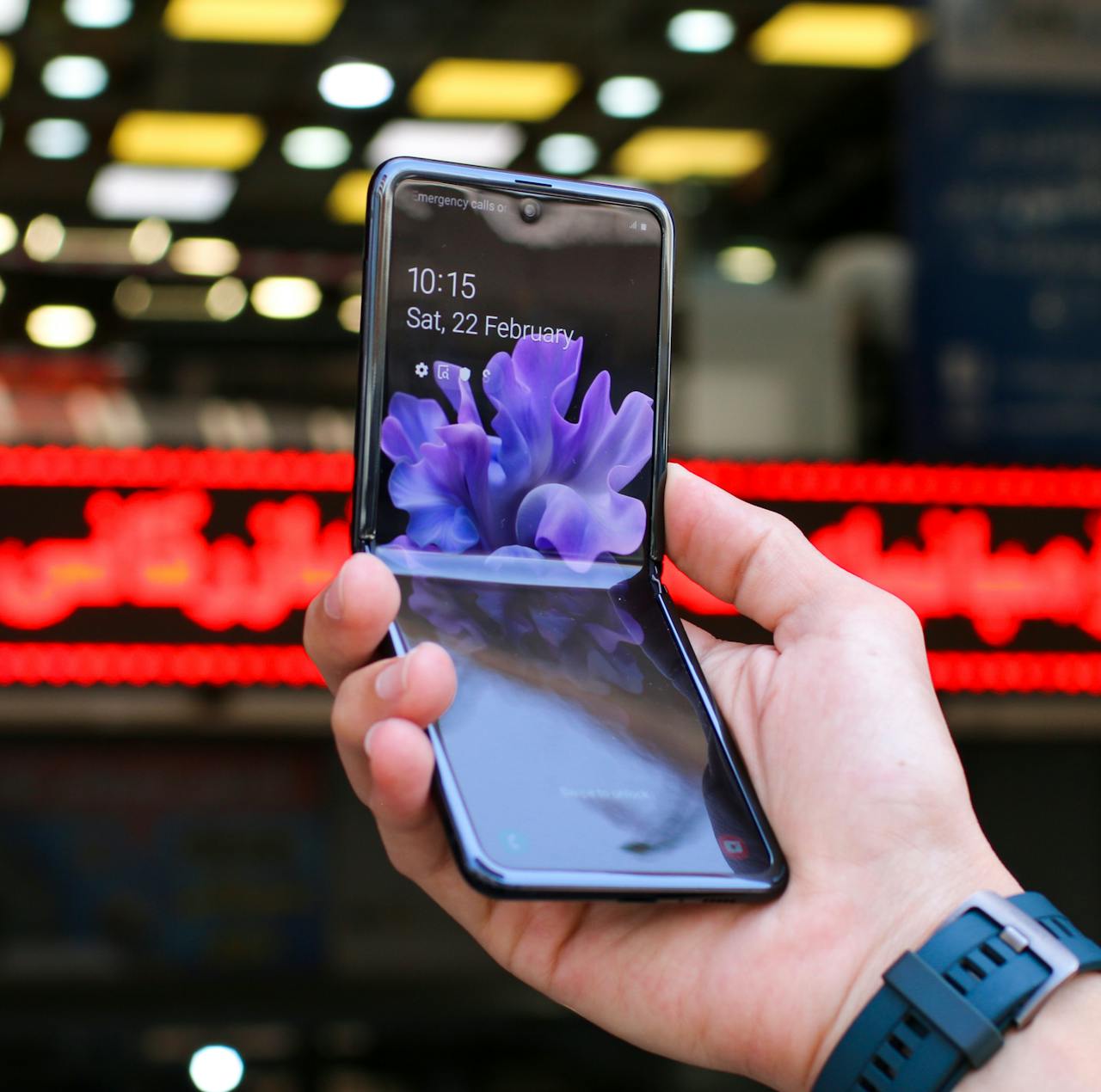In the ever-evolving world of smartphones, foldable devices are carving out a significant niche, blending innovation with practicality. Once a novelty, foldables like the Samsung Galaxy Z Fold series and Google’s Pixel Fold are now challenging traditional slab designs, offering users expanded screens for multitasking and entertainment without sacrificing portability.
What sets foldable smartphones apart is their flexible display technology. These devices use OLED panels that can bend without breaking, thanks to advancements in materials science. Companies like Samsung have pioneered ultra-thin glass (UTG) to protect these screens, reducing creases and improving durability. This tech allows a phone to unfold into a tablet-like form factor, ideal for productivity tasks such as editing documents or video calls on a larger canvas. Imagine jotting notes on a compact device that expands to handle full-fledged browsing or gaming sessions.

Performance-wise, foldables don’t skimp. Equipped with flagship processors like Qualcomm’s Snapdragon 8 Gen series, they deliver smooth experiences for demanding apps. Battery life has improved too, with optimized software that manages power across the dual-screen setup. For gamers, the extra real estate means immersive play without needing a separate tablet. Titles optimized for foldables, such as mobile versions of popular PC games, take full advantage of the unfolded display, providing console-like controls and visuals.
However, challenges remain. Pricing is a big hurdle; premium foldables often start at over $1,000, limiting accessibility. Durability concerns persist, as hinges and screens are more prone to wear compared to rigid phones. Water resistance has gotten better, but it’s not on par with non-foldables yet. Software optimization is another area for growth—while Android’s Flex Mode splits apps intelligently, not all developers have adapted their apps for these unique form factors.
Looking ahead, competition is heating up. Motorola’s Razr series brings back flip-phone nostalgia with modern twists, appealing to those seeking compact designs. Huawei and Oppo are pushing boundaries in international markets with sleek, lightweight options. Even Apple is rumored to enter the fray, potentially shaking up the segment with its ecosystem integration.
Adoption rates are climbing, with market analysts predicting foldables could capture 10% of the smartphone market by 2025. This growth is driven by falling production costs and consumer demand for versatile gadgets. As 5G and AI integrations advance, foldables stand to benefit, offering enhanced connectivity and smart features like real-time translation on split screens.
For tech enthusiasts, foldables represent the future of mobile computing—devices that adapt to your needs rather than forcing you to adapt. While not perfect, their rapid evolution suggests they’ll soon become mainstream, redefining what we expect from our pockets’ powerhouses.